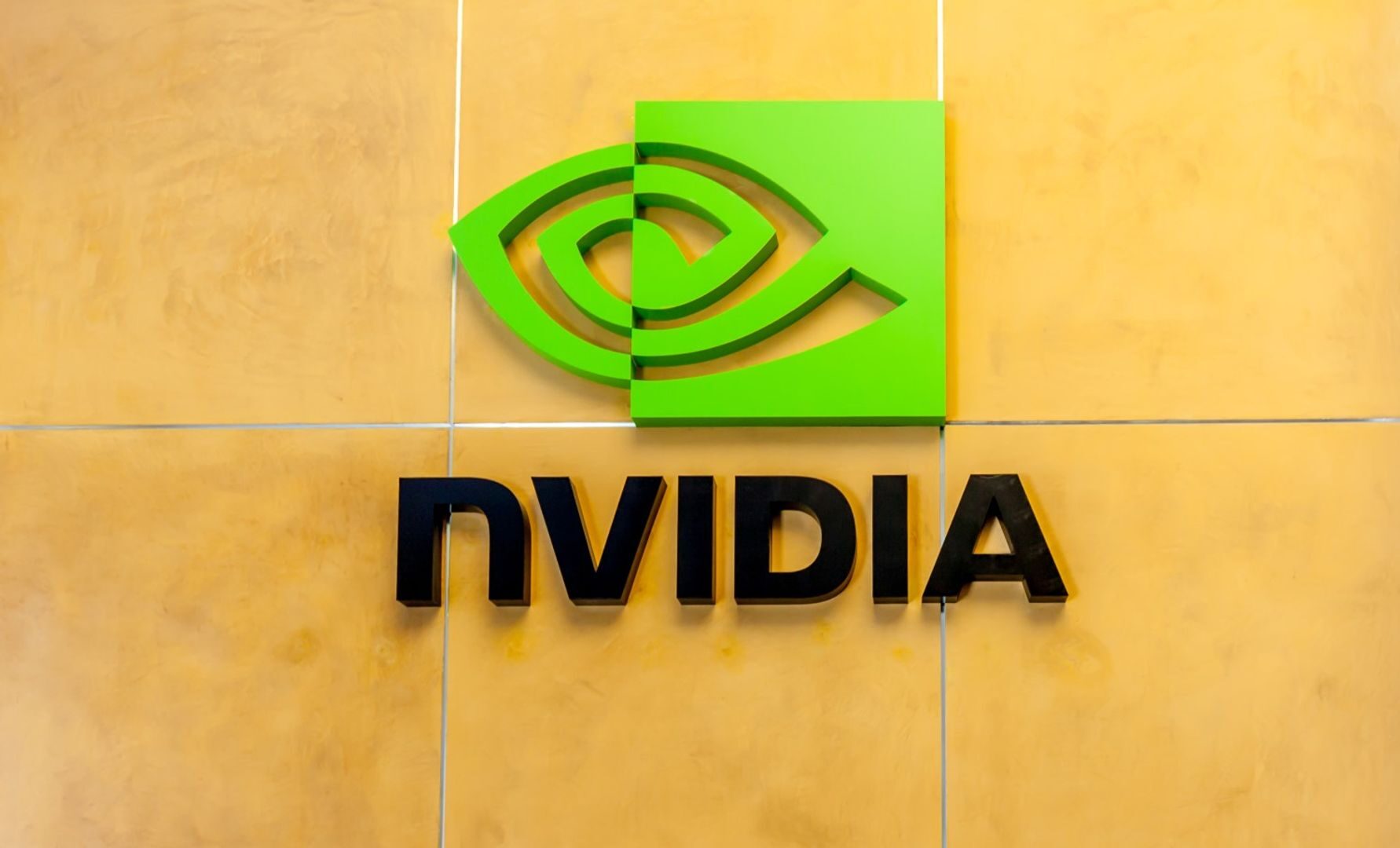USD.AI Bridges DeFi and AI by Turning Stablecoins Into Loans for Nvidia GPUs
Through a system that tokenizes hardware, USDai channels crypto liquidity into AI infrastructure while tapping in to demand for crypto credit
By Sam Reynolds|Edited by Jamie Crawley, Omkar Godbole
Oct 24, 2025, 10:33 a.m.

- USD.AI is a new stablecoin protocol that converts idle crypto liquidity into loans for AI data centers, backed by NVIDIA GPUs.
- The protocol uses a system of tokenized NFTs, curators, and queue extractable value to manage loans and liquidity.
- USD.AI aims to bridge on-chain capital with real-world AI infrastructure, offering yields between 13% and 17%.
Decentralized finance (DeFi) is awash with stablecoins earning Treasury yields, while smaller players in the artificial intelligence (AI) industry struggle to raise capital for expanding data centers with new GPUs.
A new stablecoin protocol called USD.AI wants to bridge that gap by turning crypto’s idle liquidity into loans for the machines that train and run artificial intelligence.
STORY CONTINUES BELOW
The protocol, which now counts about $345 million in circulation, according to a Dune Dashboard, backs its synthetic dollar with short-term credit tied to NVIDIA GPUs housed in data centers rented out to AI developers.
Those GPUs generate revenue by selling compute time for model training and inference, with the cash flow servicing the debt that funds them. Lenders earn yield from those repayments rather than from token emissions, while borrowers gain access to specialized financing that would exceed the risk appetite of most retail lenders.
USD.AI’s structure rests on three interlocking mechanisms designed to make real-world credit work onchain.

The first, CALIBER, is the legal and technical bridge between a physical GPU and its on-chain representation. Each GPU financed through the protocol is stored in an insured data center and documented under U.S. commercial law, then tokenized as a non-fungible token (NFT) representing a legally enforceable claim to that hardware.
Loans are issued against these tokenized receipts, allowing capital raised on-chain to fund off-chain equipment with actual collateral behind it. The next layer, the FiLo Curator, handles underwriting.

Curators originate and manage GPU loans while posting their own first-loss capital, meaning they absorb any initial defaults before lenders are affected. This structure decentralizes credit origination but keeps incentives aligned: Curators profit only when their borrowers perform.
The final component, QEV, which stands for queue extractable value, manages liquidity. Instead of offering instant withdrawals, the system queues redemption requests, turning time into a market.
Users who wait are repaid gradually from monthly borrower repayments, while those who need to exit faster can pay a premium to move up the line. That premium compensates patient lenders and preserves the solvency of the loan book.
The current yield for staked sUSDai ranges between 13% and 17%, supported by repayments from GPU operators rather than emissions or leverage loops.
USD.AI’s backers describe it as a prototype for a broader “InfraFi” model, decentralized infrastructure finance, that could one day extend to renewable energy projects or decentralized computing networks.
For now, its success hinges on a more immediate question: whether the economics of GPU leasing – a proxy for demand for AI – can stay strong enough to keep those repayments flowing.
If they do, USD.AI could become DeFi’s first large-scale bridge between onchain capital and the real-world machinery behind artificial intelligence.
More For You

Stablecoin payment volumes have grown to $19.4B year-to-date in 2025. OwlTing aims to capture this market by developing payment infrastructure that processes transactions in seconds for fractions of a cent.
More For You
By James Van Straten, AI Boost|Edited by Oliver Knight
1 hour ago

14-year-old wallet moves $16.6M in BTC as analyst weigh security concerns and shifting on-chain behavior.
What to know:
- A miner wallet holding 4,000 BTC ($442 million ) moved 150 BTC ($16.6 million) after 14 years of inactivity.
- The reawakening aligns with a broader trend of early “OG” holders moving or selling bitcoin.
- Bitcoin OG, Nicholas Gregory warns that early bitcoin addresses may be vulnerable to future quantum attacks, prompting old holders to transfer coins to safer, unexposed addresses.
-
Back to menu
Prices
-
Back to menu
-
Back to menu
Indices -
Back to menu
Research
-
Back to menu
Consensus 2026 -
Back to menu
Sponsored
-
Back to menu
Videos -
Back to menu
-
Back to menu
-
Back to menu
Webinars
Select Language










